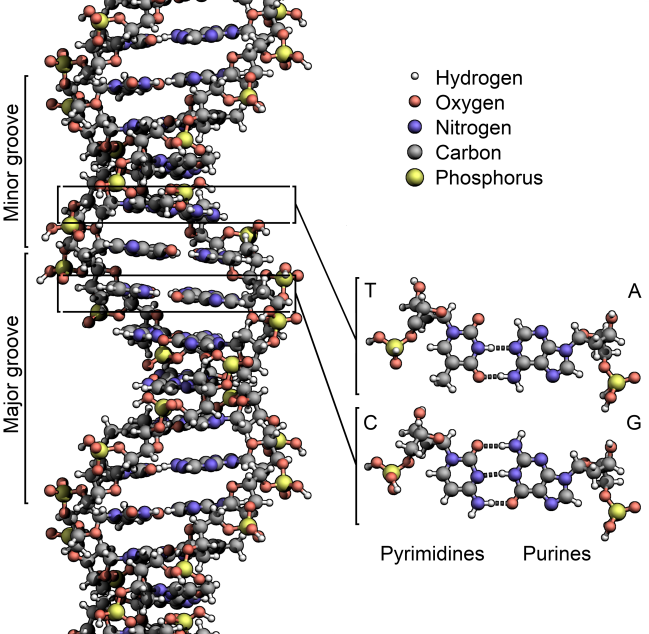DNA is a remarkable substance. It is the fundamental blueprint for biological systems. It is the basis for all complex life on our planet, it enables parents to share characteristics, both good and bad, with their children. Yet the more geneticists learn about the functions of DNA, the more mysteries it presents. One such conundrum is posed by so-called junk DNA and orphan genes — seemingly useless sequences of DNA that perform no function. Or so researchers previously believed.
[div class=attrib]From New Scientist:[end-div]
NOT having any family is tough. Often unappreciated and uncomfortably different, orphans have to fight to fit in and battle against the odds to realise their potential. Those who succeed, from Aristotle to Steve Jobs, sometimes change the world.
Who would have thought that our DNA plays host to a similar cast of foundlings? When biologists began sequencing genomes, they discovered that up to a third of genes in each species seemed to have no parents or family of any kind. Nevertheless, some of these “orphan genes” are high achievers, and a few even seem have played a part in the evolution of the human brain.
But where do they come from? With no obvious ancestry, it was as if these genes had appeared from nowhere, but that couldn’t be true. Everyone assumed that as we learned more, we would discover what had happened to their families. But we haven’t – quite the opposite, in fact.
Ever since we discovered genes, biologists have been pondering their origins. At the dawn of life, the very first genes must have been thrown up by chance. But life almost certainly began in an RNA world, so back then, genes weren’t just blueprints for making enzymes that guide chemical reactions – they themselves were the enzymes. If random processes threw up a piece of RNA that could help make more copies of itself, natural selection would have kicked in straight away.
As living cells evolved, though, things became much more complex. A gene became a piece of DNA coding for a protein. For a protein to be made, an RNA copy of the DNA has to be created. This cannot happen without “DNA switches”, which are actually just extra bits of DNA alongside the protein-coding bits saying “copy this DNA into RNA”. Next, the RNA has to get to the protein-making factories. In complex cells, this requires the presence of yet more extra sequences, which act as labels saying “export me” and “start making the protein from here”.
The upshot is that the chances of random mutations turning a bit of junk DNA into a new gene seem infinitesimally small. As the French biologist François Jacob famously wrote 35 years ago, “the probability that a functional protein would appear de novo by random association of amino acids is practically zero”.
Instead, back in the 1970s it was suggested that the accidental copying of genes can result in a single gene giving rise to a whole family of genes, rather like the way animals branch into families of related species over time. It’s common for entire genes to be inadvertently duplicated. Spare copies are usually lost, but sometimes the duplicates come to share the function of the original gene between them, or one can diverge and take on a new function.
Take the light-sensing pigments known as opsins. The various opsins in our eyes are not just related to each other, they are also related to the opsins found in all other animals, from jellyfish to insects. The thousands of different opsin genes found across the animal kingdom all evolved by duplication, starting with a single gene in a common ancestor living around 700 million years ago (see diagram).
Most genes belong to similar families, and their ancestry can be traced back many millions of years. But when the yeast genome was sequenced around 15 years ago, it was discovered that around a third of yeast genes appeared to have no family. The term orphans (sometimes spelt ORFans) was used to describe individual genes, or small groups of very similar genes, with no known relatives.
“If you see a gene and you can’t find a relative you get suspicious,” says Ken Weiss, who studies the evolution of complex traits at Penn State University. Some suggested orphans were the genetic equivalent of living fossils like the coelacanth, the last surviving members of an ancient family. Others thought they were nothing special, just normal genes whose family hadn’t been found yet. After all, the sequencing of entire genomes had only just begun.
[div class=attrib]Read the entire article after the jump.[end-div]
[div class=attrib]Image: DNA structure. Courtesy of Wikipedia.[end-div]

